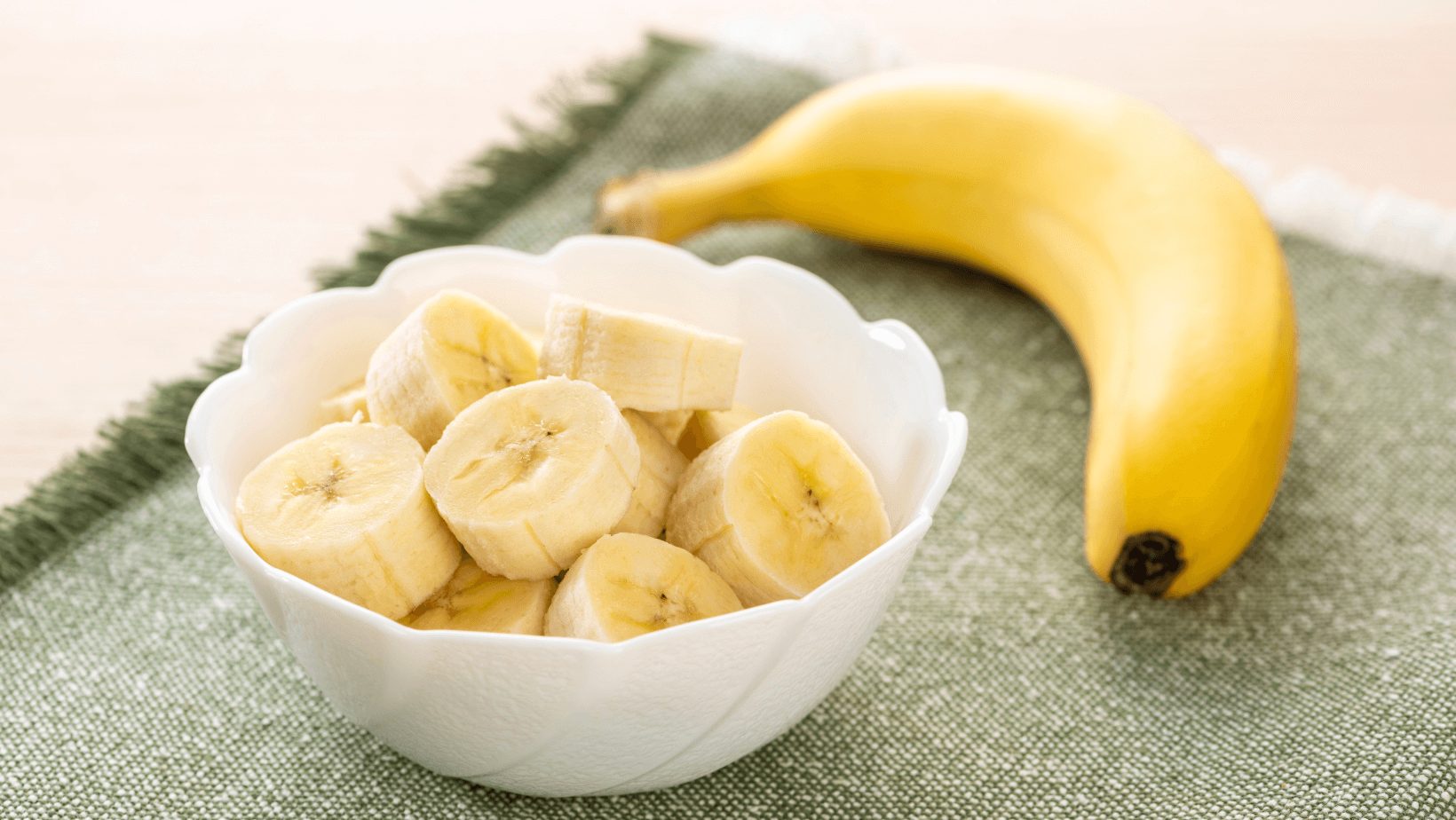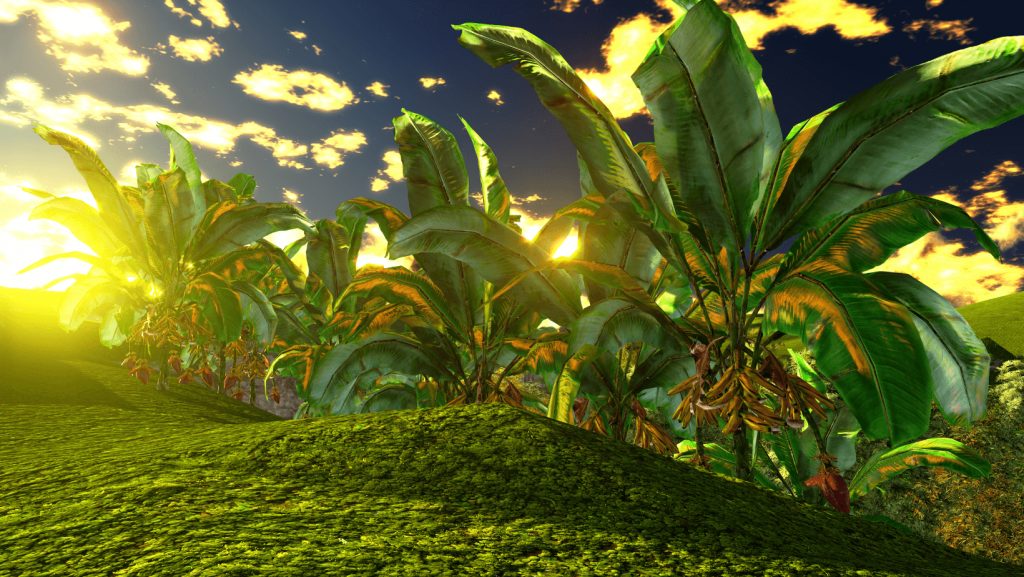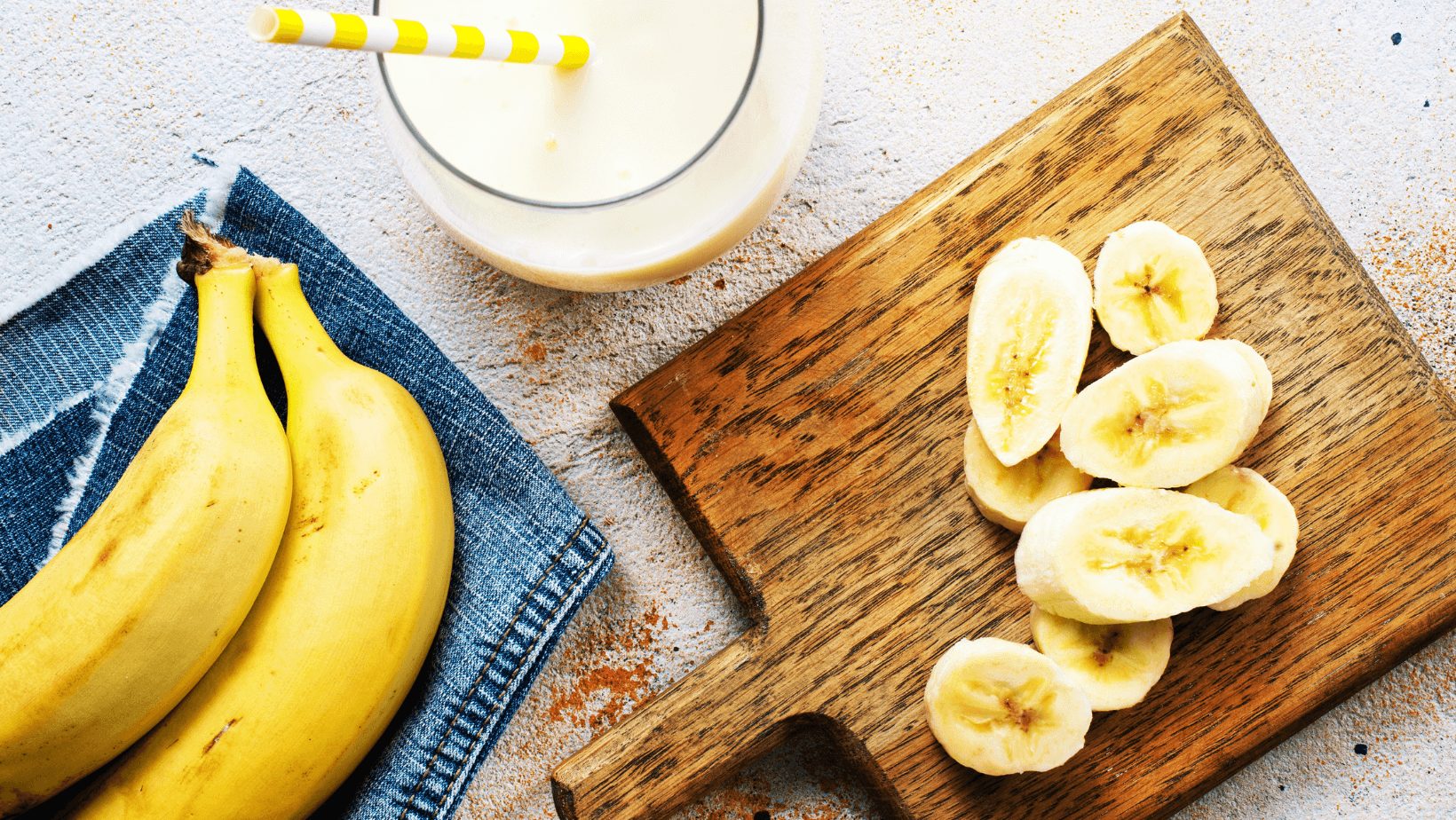
History Of The Banana
It’s believed that bananas were first domesticated in Southeast Asia about 7,000 years ago. Early Greek, Latin, and Arab writings all mention the consumption of the fruit. They were first introduced to the Western world by Alexander the Great after he came upon them during his conquest of India in 327 B.C.
The fruit spread even further after the Europeans traveled to the Americas. Bananas were taken from the Canary Islands to the New World. They were first planted in Hispaniola and were soon taken to other islands and the mainland. Cultivation continued to increase, making the food a staple in many regions. By the 19th century, they began appearing in markets in the United States.
Today, more than 1,000 varieties are grown around the world. The most common variety imported by nontropical countries is the Cavendish, known for its sweet flavor and soft consistency. But plantain varieties account for about 85% of all banana cultivation worldwide. Unlike the common dessert banana, plantains are not eaten raw. Instead, the starchy fruit is typically either boiled or fried and used in savory dishes.

Banana Plants
Some may be surprised to learn that the banana plant isn’t a “tree,” but is instead a massive herb. It grows from an underground stem, or rhizome, to form a false trunk that reaches heights of 10 to 20 feet. At the top of the false trunk is a large flower spike, carrying yellow flowers that are protected by large leaves.
The flower spike eventually bends downward to become bunches of 50 to 150 individual fruits, or fingers. The individual bananas are grouped in clusters – known as “hands” – of 10 to 20. Once the plant has fruited it’s cut to the ground, as each trunk can only produce one bunch of fruit. A new trunk will later sprout from the rhizome at roughly six-month intervals.
The largest producers of bananas worldwide are India and China. However, most of the fruit produced by India and China is consumed domestically. About 90% of bananas for export originate from Central America, South America, and the Philippines. The largest exporter is Ecuador, which accounts for an average of 33% of the total global export volume. Ecuador is followed by the Philippines (13%), Costa Rica (13%), Guatemala (12%), and Colombia (10%).

Health Benefits
The banana has long been promoted as a healthy snack due to the nutrients it provides. The fruit is famously a good source of potassium, which can help manage blood pressure, promote muscle function, and keep bones healthy. A medium banana contains an average of 450 milligrams of potassium, about 13% of the daily recommended amount.
It’s also a good source of fiber, with about 3 grams – or, 10% of the daily recommended amount – in an average-size ripe banana. The soluble fiber in the fruit helps keep cholesterol and blood pressure in check. It can also ease inflammation, making it a popular post-workout snack.
Studies have been performed to test whether eating the fruit after a strenuous workout has a direct effect on recovery. A recent study on male cyclists did support this claim, as the study found the athletes who ate a banana before cycling pedaled faster during the activity and recovered faster than those who only consumed water.
Weekly Trivia
Enter your guess to reveal the answer.

